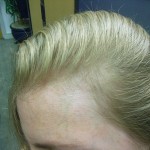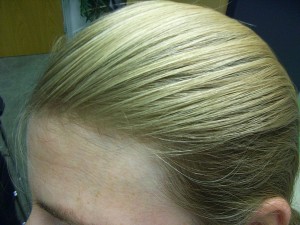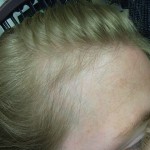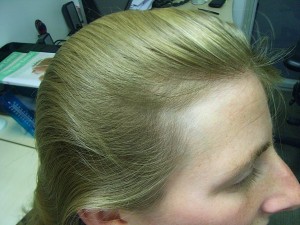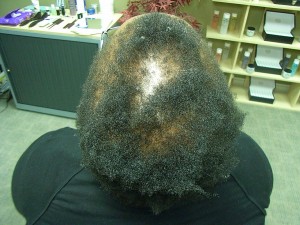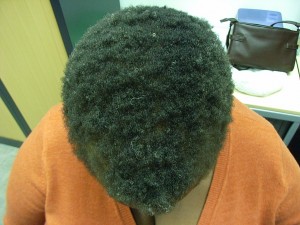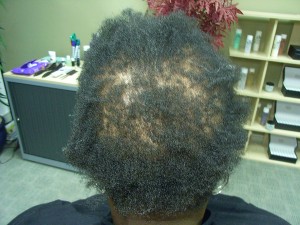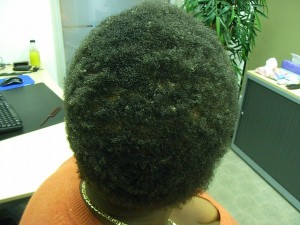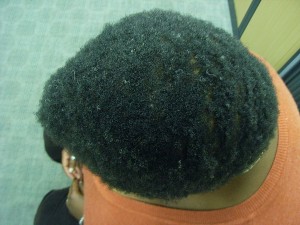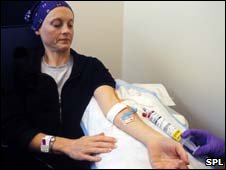04.11.2009
in FEMALE HAIR LOSS, HAIR LOSS FACTS
New Survey Results Reveal That the Effects of Thinning Hair Causes Women to
Significantly Alter Their Lifestyle
54 percent of women surveyed who suffer from thinning hair are
changing their lifestyle to fend off hair loss; almost twice as many women say
they would turn to their hairstylist versus a doctor for advice
LOS ANGELES, Nov. 2 /PRNewswire/ — According to a TheImpact of Thinning Hair,
a new survey of 1000 consumers, women are dramatically changing their
lifestyle due to thin or thinning hair. Other statistics culled from TheImpact
of Thinning Hair, sponsored by Peter Lamas Products, a leading natural
personal care company, include:
34 percent of women are starting to notice thinning or wish their hair could be fuller or thicker.
Results also show that this issue plays a major role in the lifestyle choices women make; with an astounding 54 percent of women who said
that thinning hair has lead them to:
Wash their hair less frequently
Wear hats
Wear their hair in a ponytail or bun
Or use several products daily to give the appearance of fuller, thicker hair
When it comes to seeking professional advice, The Impact of Thinning Hair findings show that almost twice as many women said they would
consult their hairstylist versus a doctor to determine the best way to address their thinning hair.
43 percent of women currently using mainstream or chemical-based products said they would be somewhat to extremely interested in trying a natural alternative.
“The results of this survey clearly show that not only does thinning hair have
a profound impact on the daily lives of women; but these women are looking to
their stylists for advice and product alternatives,” says Peter Lamas, stylist
and founder of Peter Lamas Products. “Thinning hair can cause some women to
feel self conscious, leading them to hide behind hats or wear their hair in
ponytails,” Lamas explains. “But the irony is, repeatedly pulling hair back
causes the hair shaft to weaken, causing even more damage. It’s a vicious
cycle.”
As a stylist for over 30 years Lamas has helped women not only face, but find
solutions to sensitive issue such as hair loss. “My clients confide in me
because I understand how much hair can impact a woman’s appearance and even
her overall confidence,” Lamas says.
Other Key Survey Findings Include:
Nearly the same amount of men and women say they are starting to notice
thinning in their hair or wish it could be fuller or thicker (38 percent vs. 34 percent, respectively)
Men also see the value of a relationship with their stylist. 15 percent
said they would consult their hairstylist to determine the best way to
address their thinning hair compared to only 11 percent who would consult a doctor
32 percent of men currently using mainstream or chemical-based products
said they would be somewhat to extremely interested in trying a natural alternative
Survey Methodology
These findings are from a telephone survey conducted among 1,000 adults (500
men and 500 women). Interviewing for this survey was completed during the
period October 15-18, 2009. Opinion Research Corporation of Princeton, NJ,
conducted the fieldwork.
Do you have hair loss problems? Find further information on help with hair loss with links to hair loss case studies.
